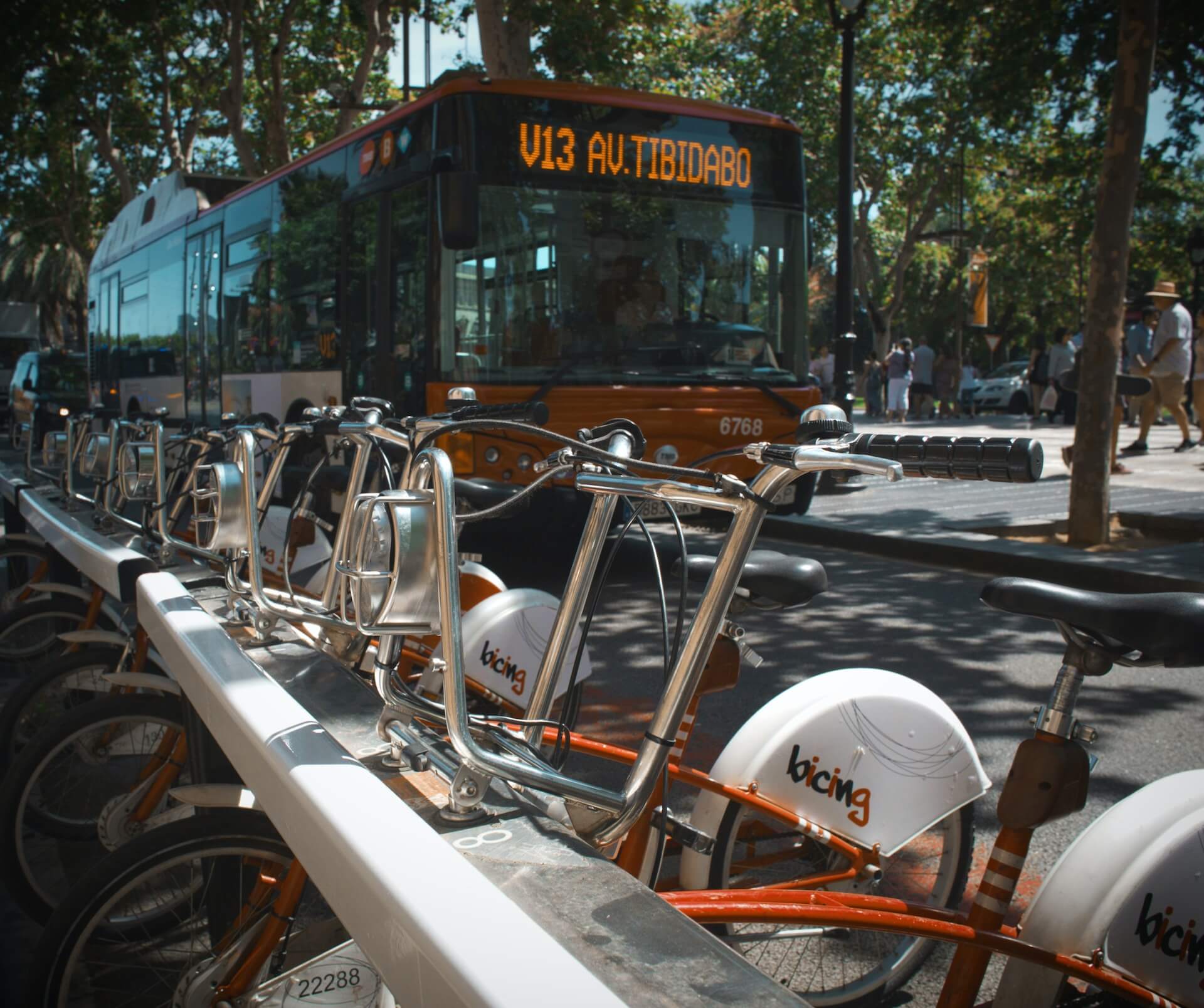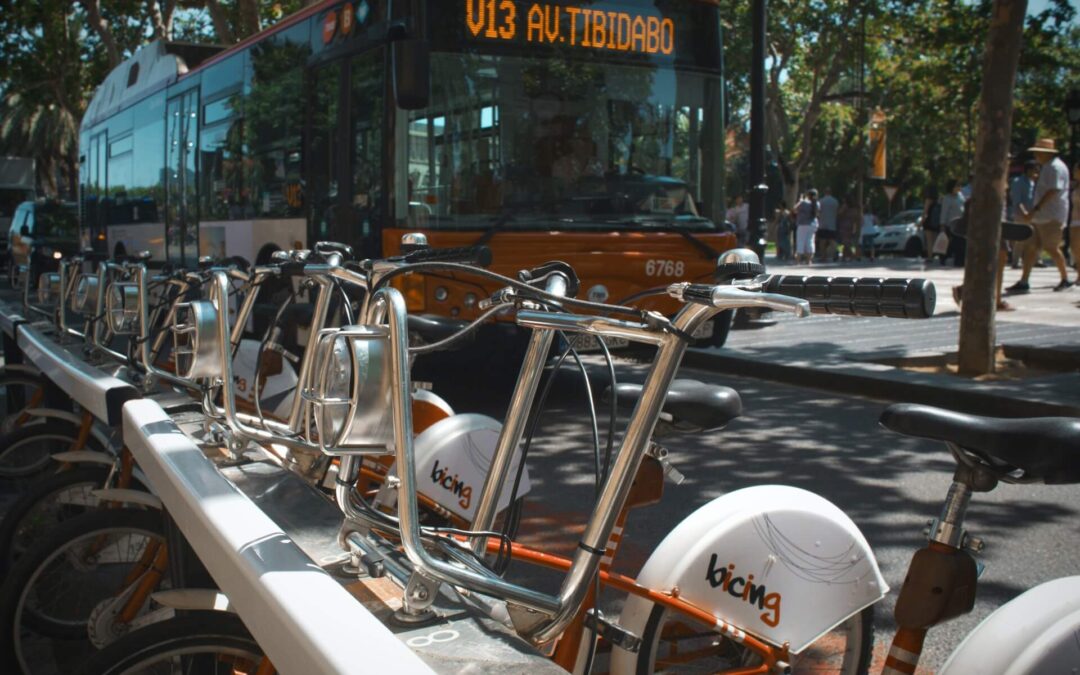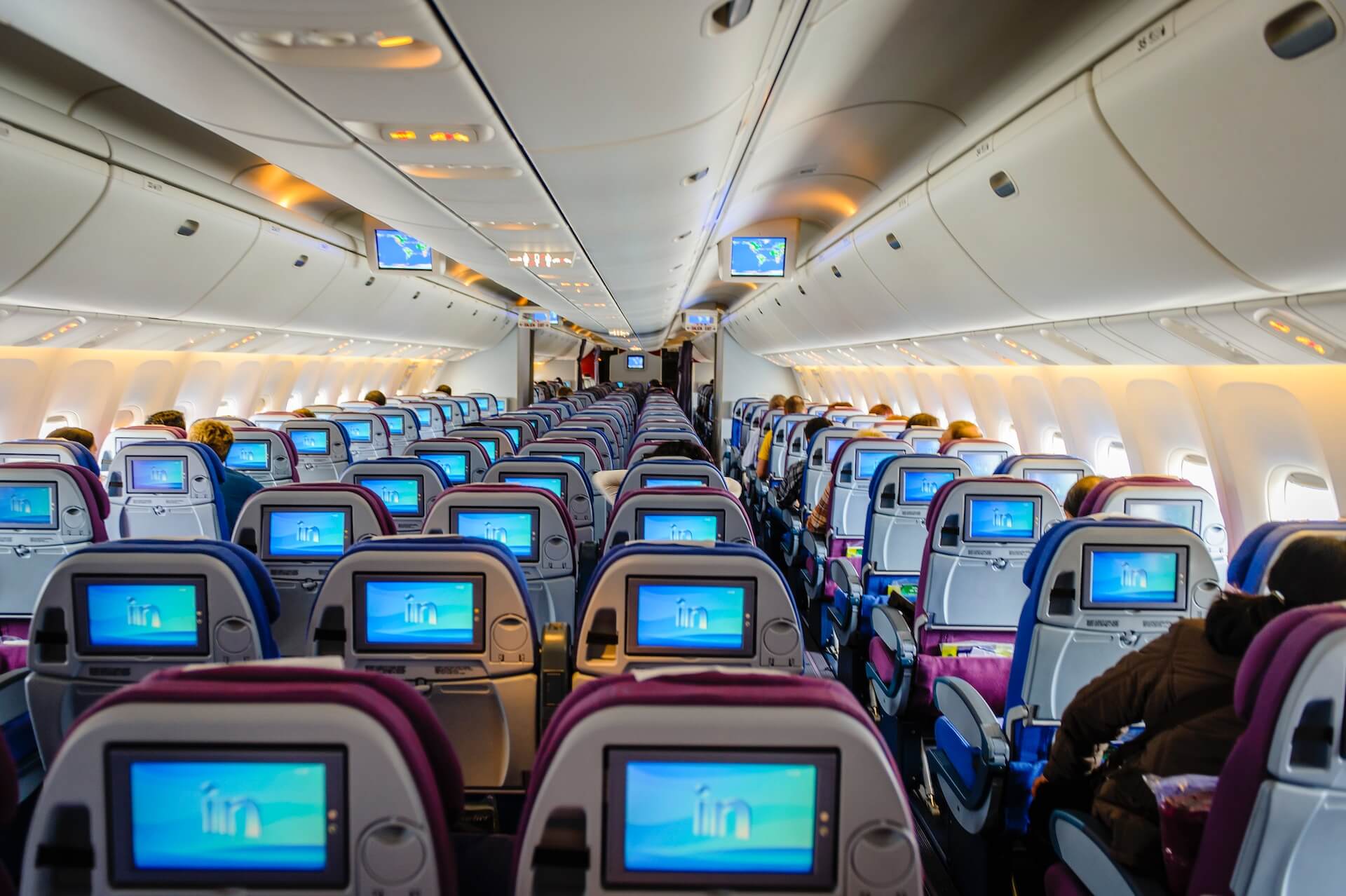In an era where environmental concerns are at the forefront of global conversations, responsible travel has become more important than ever. As travelers, we have a unique opportunity to make a positive impact on the planet by choosing carbon-neutral travel options. Within this piece, our focus will be directed towards understanding the notion of carbon-neutral travel, investigating a range of avenues to diminish your carbon footprint while traversing the globe, and furnishing pragmatic recommendations for orchestrating environmentally conscious journeys.
Understanding Carbon-Neutral Travel
Carbon-neutral travel refers to the practice of offsetting the carbon emissions produced during your journey by investing in projects that reduce or remove an equivalent amount of carbon dioxide from the atmosphere. This can include initiatives like reforestation, renewable energy projects, and sustainable development initiatives. By adopting carbon-neutral travel practices, you can minimize your contribution to global warming and support efforts to combat climate change.
Ways to Achieve Carbon-Neutral Travel
Carbon-neutral travel refers to the practice of offsetting the carbon emissions produced during your journey by investing in projects that reduce or remove an equivalent amount of carbon dioxide from the atmosphere. This can include initiatives like reforestation, renewable energy projects, and sustainable development initiatives. By adopting carbon-neutral travel practices, you can minimize your contribution to global warming and support efforts to combat climate change.

Choose Eco-Friendly Accommodations
Opt for accommodations that prioritize sustainability and have implemented energy-efficient practices, waste reduction, and renewable energy sources.
Renewable Energy Integration: Eco-friendly accommodations often prioritize renewable energy sources such as solar panels, wind turbines, or hydropower. By harnessing natural resources, these accommodations significantly reduce reliance on non-renewable energy, thus minimizing carbon emissions and environmental impact. Guests can enjoy a guilt-free stay knowing that their energy consumption is contributing to a sustainable future.
Efficient Water Management: Sustainable accommodations implement water-saving technologies and practices to minimize water waste. Features may include low-flow faucets, dual-flush toilets, rainwater harvesting systems, and water-efficient landscaping. These efforts not only conserve precious resources but also help mitigate the negative effects of water scarcity on local ecosystems. Guests can indulge in comfort while supporting responsible water usage.
Use Public Transportation
Utilize local buses, trains, trams, and subways to reduce carbon emissions from transportation. These options often provide an authentic cultural experience while minimizing your environmental impact.
Taking small steps and gradually expanding your use of public transportation can help you ease into this sustainable travel option while maintaining a sense of familiarity and comfort.
Utilize Public Buses or Trains for Familiar Routes: Start by using public buses or trains for routes that you are already familiar with or have taken in a private vehicle before. This can include your daily commute to work, shopping areas, or entertainment venues. By choosing public transportation for routes you know well, you can gradually build confidence in using it while staying within your comfort zone.
Plan Short, Leisurely Trips: Begin with short, leisurely trips using public transportation to explore your local area. Choose destinations that are just a few stops away and offer attractions or activities you enjoy. This way, you can comfortably experience the convenience of public transportation without straying too far from your comfort zone. As you become more accustomed to the process, you can gradually extend your trips to more distant and unfamiliar places.
Offset Flights
While air travel is a significant contributor to carbon emissions, you can offset your flight’s carbon footprint by supporting reputable carbon offset projects. Many airlines and organizations offer carbon offset options during the booking process.
Embrace Slow Travel
Instead of rushing through multiple destinations, choose to immerse yourself in one location for a more in-depth and environmentally friendly experience.
Pack Light
Minimize your luggage to reduce the weight of the plane or vehicle, which can lead to lower fuel consumption and emissions.
Support Local and Sustainable Tourism
Contribute to the local economy by engaging in activities and purchasing products that promote sustainable livelihoods for local communities.
Eat Locally and Sustainably
Choose restaurants and eateries that source ingredients locally and prioritize sustainability. This reduces the carbon footprint associated with transporting food over long distances.
Use Reusable and Eco-Friendly Products
Carry a reusable water bottle, shopping bag, and utensils to minimize single-use plastic waste while traveling.
Practical Tips for Planning Carbon-Neutral Travel:
Research Carbon Offset Programs
Investigate credible carbon offset programs and calculate your carbon footprint to make informed choices when offsetting emissions.
Two examples of carbon offset programs:
Gold Standard: Gold Standard is a well-known and reputable carbon offset certification body. They work with a variety of projects worldwide that focus on reducing carbon emissions and promoting sustainable development. These projects include renewable energy initiatives, reforestation efforts, and energy-efficient technologies. Travelers can calculate their carbon footprint using Gold Standard’s online calculators and contribute to certified projects to offset their emissions.
MyClimate: MyClimate is another organization that offers carbon offset programs for various activities, including travel. They provide travelers with the option to calculate the carbon emissions generated from their flights, car rentals, and accommodations. Based on the calculated emissions, travelers can support MyClimate’s projects, such as renewable energy installations and sustainable agriculture, to offset their carbon footprint and contribute to global sustainability efforts.
Both Gold Standard and MyClimate are reputable organizations that offer transparent and effective carbon offset solutions, allowing individuals to take responsibility for their carbon emissions and support projects that make a positive impact on the environment.
Choose Direct Flights
Non-stop flights are more fuel-efficient compared to multiple layovers, which can help reduce emissions.
Support Eco-Tourism Initiatives
Seek out tour operators and activities that prioritize environmental conservation and sustainable practices.
Stay Informed
Educate yourself about the environmental policies and practices of your chosen travel destination to make responsible choices while exploring.
Carbon-neutral travel is not just a trend; it’s a crucial step toward protecting the planet and ensuring a sustainable future for generations to come. By adopting eco-friendly practices, supporting carbon offset initiatives, and making conscious choices during your travels, you can enjoy enriching experiences while minimizing your environmental impact. Embrace the power of responsible travel and be a part of the movement to create a more sustainable and harmonious world.

Photo by M. R. from Unsplash
More Reads














